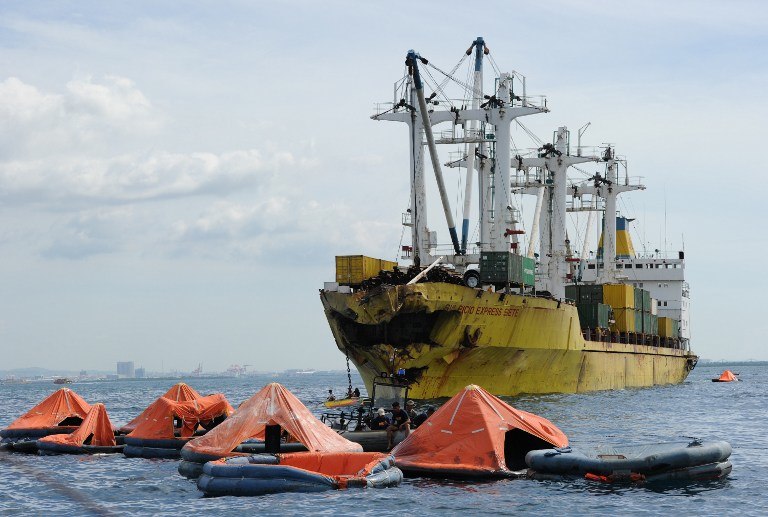
Wrapped in a white shroud, the body lies in the vast ground. The undertaker steps forward to lead the funeral prayer, while his aide and the ambulance driver stand behind him in silence. Three men pray for the departed soul of a stranger.
Stretched across thirty acres, the Edhi graveyard in Mawach Goth is the only cemetery in Karachi where hundreds of thousands of unknown men, women and children lie buried. Some are identified but most remain anonymous – forever.
“Hundreds of bodies come here every month and hardly one percent of them are identified,” said Abdul Sattar Edhi, the founder of Edhi Foundation.
When a body is identified sometimes, the relatives mark the grave with flowers or pay to make a cemented tomb with an epitaph. But a fraction of the families also insist on taking the remains and burying them in their family graveyards.
Keeping the record
Unidentified bodies that arrive at the Edhi morgue are buried in this graveyard after three days. “We take a mugshot and allot a serial number to the body,” said a morgue official, Ghulam Hussain.
The Edhi Foundation keeps the records of the bodies for five years and then uses the space for fresh bodies. “The bodies are usually identified within the first few weeks, but we still wait. We can still locate the grave for five years,” Edhi said.
One of the undertakers, Mohammed Nazir, has the duty to take the relatives coming to the graveyard with the serial number from the Edhi office. “Sometimes it becomes difficult to hold back your tears,” he says.
Fresh flowers are lying on the graves as Nazir points toward the various bodies identified in the past few days. Some of the graves are well-made with mosaic tiles.
The traces of the grave generally begin to fade after three months, as the steel-plated cardboards marking the graves turn rusty and mildewed owing to fungus.
“People usually come within weeks after we bury a corpse,” said Nazir, “But if they take a couple of months, the signpost begins to fade away. After a certain time, we rely on guess work, going by the column and row calculations.”
Room for everyone
The man who was just buried must have been in his mid-twenties. He was found dead in Gulshan-e-Iqbal but the cause of his death remains a mystery. “Drug addiction probably,” guesses Haq Nawaz, a morgue staffer.
Although most of the dead who remain unidentified are tramps and addicts living on the roadsides of Karachi, in many cases the bodies go unidentified due to the severity of road accidents or bomb blasts, leaving the faces recognisable.
Nazir recalls the most recent case of mass burial being the tragic Baldia factory fire, where dozens of unidentified people were buried after months of waiting for the DNA results.
Given the number of people dying everyday, the numbers of unidentified bodies have doubled in the past five years, he says. “Be it bomb blasts or random killings, a lot of people die on the streets; which only adds to my work.”
Nazir estimates the Edhi graveyard will be full in the next three years. “There is space, but we will need more in the coming years, as we try not to disturb the graves for five years.”
Just enough space
After the short prayer, meanwhile, the undertakers place the body in one of the graves – dug out in straight column like a military trench. And they pick up the spades.
The average space allotted to each body is two and a half feet deep and slightly over one foot in breadth – just enough for a human corpse.
Finally, a metal-plated cardboard is planted on the grave. This one read: 77,369 – the dead man’s last mark on the face of this earth.
Monday 9 September 2013
http://www.thenews.com.pk/Todays-News-4-200924-A-cemetery-where-most-of-Karachis-anon









